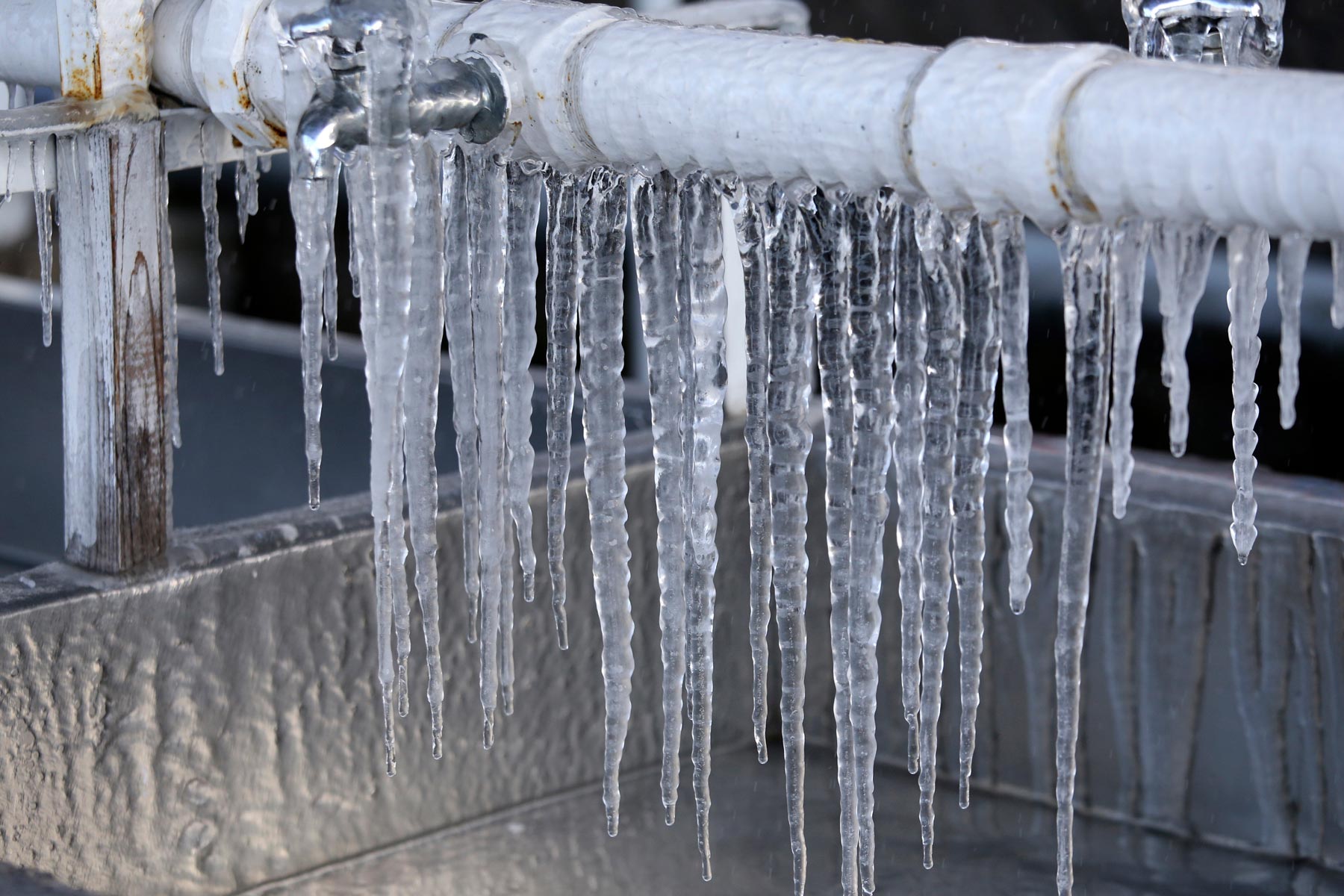On this page on the next paragraphs you can discover some wonderful information and facts regarding Winter Plumbing Precautions: Preventing Frozen Pipes.

Winter can wreak havoc on your plumbing, especially by freezing pipelines. Here's exactly how to stop it from happening and what to do if it does.
Introduction
As temperatures decline, the risk of frozen pipes rises, possibly bring about pricey fixings and water damages. Comprehending exactly how to avoid frozen pipes is essential for property owners in cold environments.
Comprehending Frozen Pipes
What causes pipelines to ice up?
Pipes freeze when exposed to temperature levels listed below 32 ° F (0 ° C) for extended periods. As water inside the pipes freezes, it broadens, putting pressure on the pipe wall surfaces and potentially triggering them to break.
Risks and damages
Frozen pipelines can bring about water system disruptions, home damages, and pricey repairs. Burst pipelines can flood homes and trigger comprehensive structural damage.
Indications of Frozen Pipeline
Identifying frozen pipes early can prevent them from breaking.
Exactly how to determine icy pipes
Look for decreased water circulation from taps, unusual odors or sounds from pipelines, and visible frost on revealed pipelines.
Prevention Tips
Shielding prone pipes
Cover pipelines in insulation sleeves or make use of warmth tape to shield them from freezing temperatures. Concentrate on pipes in unheated or exterior areas of the home.
Home heating methods
Keep interior rooms properly heated, especially areas with plumbing. Open up cabinet doors to allow warm air to distribute around pipes under sinks.
Protecting Exterior Plumbing
Garden hoses and outdoor faucets
Detach and drain pipes yard hoses before winter months. Install frost-proof spigots or cover outdoor faucets with insulated caps.
What to Do If Your Pipelines Freeze
Immediate activities to take
If you think frozen pipelines, maintain faucets open to alleviate pressure as the ice thaws. Make use of a hairdryer or towels taken in hot water to thaw pipes slowly.
Long-Term Solutions
Architectural adjustments
Think about rerouting pipes away from outside wall surfaces or unheated locations. Include additional insulation to attics, basements, and crawl spaces.
Upgrading insulation
Purchase high-quality insulation for pipes, attic rooms, and wall surfaces. Appropriate insulation assists maintain consistent temperature levels and decreases the risk of frozen pipelines.
Final thought
Avoiding frozen pipelines calls for proactive steps and quick actions. By understanding the causes, indicators, and safety nets, homeowners can protect their plumbing during cold weather.
5 Ways to Prevent Frozen Pipes
Drain Outdoor Faucets and Disconnect Hoses
First, close the shut-off valve that controls the flow of water in the pipe to your outdoor faucet. Then, head outside to disconnect and drain your hose and open the outdoor faucet to allow the water to completely drain out of the line. Turn off the faucet when done. Finally, head back to the shut-off valve and drain the remaining water inside the pipe into a bucket or container. Additionally, if you have a home irrigation system, you should consider hiring an expert to clear the system of water each year.
Insulate Pipes
One of the best and most cost-effective methods for preventing frozen water pipes is to wrap your pipes with insulation. This is especially important for areas in your home that aren’t exposed to heat, such as an attic. We suggest using foam sleeves, which can typically be found at your local hardware store.
Keep Heat Running at 65
Your pipes are located inside your walls, and the temperature there is much colder than the rest of the house. To prevent your pipes from freezing, The Insurance Information Institute suggests that you keep your home heated to at least 65 degrees, even when traveling. You may want to invest in smart devices that can keep an eye on the temperature in your home while you’re away.
Leave Water Dripping
Moving water — even a small trickle — can prevent ice from forming inside your pipes. When freezing temps are imminent, start a drip of water from all faucets that serve exposed pipes. Leaving a few faucets running will also help relieve pressure inside the pipes and help prevent a rupture if the water inside freezes.
Open Cupboard Doors
Warm your kitchen and bathroom pipes by opening cupboards and vanities. You should also leave your interior doors ajar to help warm air circulate evenly throughout your home.

Do you really like more info about Winter Plumbing Precautions: Preventing Frozen Pipes? Create a comment directly below. We would be pleased to know your opinions about this review. In hopes that you visit us again before long. Those who enjoyed our blog posting plz be sure to pass it around. We enjoy your readership.
Explore Now